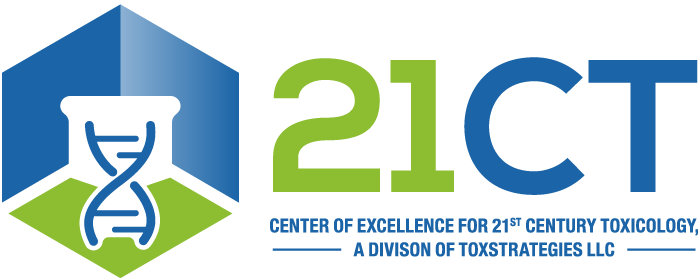Ring C, Sipes NS, Hsieh JH, Carberry C, Koval LE, Klaren WD, Harris MA, Auerbach SS, Rager JE. 2021. Predictive modeling of biological responses in the rat liver using in vitro Tox21 bioactivity: Benefits from high throughput toxicokinetics. Comput Toxicol 18(May):100166; doi: 10.1016/j.comtox.2021.100166. PMID: 34013136.
Abstract
Computational methods are needed to more efficiently leverage data from in vitro cell-based models to predict what occurs within whole body systems after chemical insults. This study set out to test the hypothesis that in vitro high-throughput screening (HTS) data can more effectively predict in vivo biological responses when chemical disposition and toxicokinetic (TK) modeling are employed. In vitro HTS data from the Tox21 consortium were analyzed in concert with chemical disposition modeling to derive nominal, aqueous, and intracellular estimates of concentrations eliciting 50% maximal activity. In vivo biological responses were captured using rat liver transcriptomic data from the DrugMatrix and TG-Gates databases and evaluated for pathway enrichment. In vivo dosing data were translated to equivalent body concentrations using HTTK modeling. Random forest models were then trained and tested to predict in vivo pathway-level activity across 221 chemicals using in vitro bioactivity data and physicochemical properties as predictor variables, incorporating methods to address imbalanced training data resulting from high instances of inactivity. Model performance was quantified using the area under the receiver operator characteristic curve (AUC-ROC) and compared across pathways for different combinations of predictor variables. All models that included toxicokinetics were found to outperform those that excluded toxicokinetics. Biological interpretation of the model features revealed that rather than a direct mapping of in vitro assays to in vivo pathways, unexpected combinations of multiple in vitro assays predicted in vivo pathway-level activities. To demonstrate the utility of these findings, the highest-performing model was leveraged to make new predictions of in vivo biological responses across all biological pathways for remaining chemicals tested in Tox21 with adequate data coverage (n = 6617). These results demonstrate that, when chemical disposition and toxicokinetics are carefully considered, in vitro HT screening data can be used to effectively predict in vivo biological responses to chemicals.
